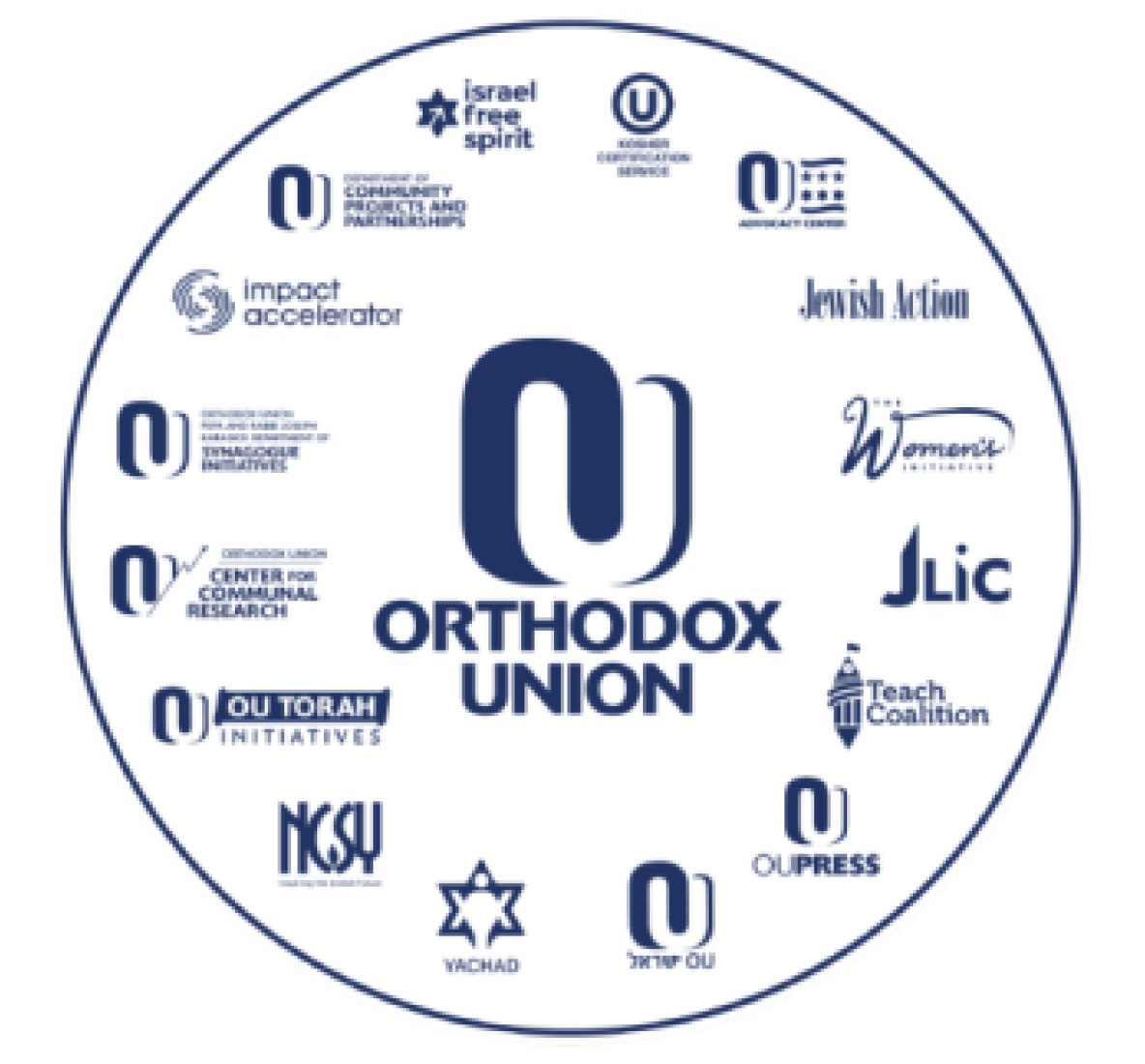Stav Mevrata was nine months old when her family arrived in Israel from Ethiopia. She is the eighth of nine children. Today she is 18 and is a sherut leumi (national service) volunteer with OU Israel’s Makom Balev program that operates 11 youth centers in development towns around the country.
One of the stories her parents told her about life in Ethiopia involved the holiday of Sigd which is Heshvan 29. This corresponds to 50 days after Yom Kippur. This year the date was on Shabbat Toldot, so the festivities were moved up two days to Thursday November 20. Sigd comes from the word sgida which means bowing down.
The concept of rejoicing actually comes from the Book of Nehemia (8:5-6).
And Ezra opened the book in the sight of all the people, for he was above all the people, and when he opened it, all the people stood up. And Ezra blessed the Lord . . . And all the people answered: Amen, Amen, with the lifting up of their hands. And they bowed their heads, and fell down before the Lord with their faces to the ground.
“My parents told me that in Ethiopia, like Moshe Rabeinu, the entire community would climb a high mountain. They would pray that they would be able to make aliyah,” she says. Sigd customs recall several holidays celebrated in the Jewish world. This includes Yom Kippur and Pesach.
During the festivities kesim (kohanim or high priests) still read from the Torah.“The kesim (religious leaders) would read from the Torah,” Mevrata says. The day was marked by fasting and self-examination. The idea was for the community to be worthy to return to Jerusalem from their exile in Ethiopia.
Today the majority of the Ethiopian Jewish community is in Israel and Sigd is still very important. Thousands of Ethiopian Jews come to Jerusalem’s Hass Promenade in Armon HaNatziv, south of the Old City. The promenade was chosen because of its view of the Old City and the Temple Mount.
Friends and family greet each other and all along the promenade there are tents for traditional food and crafts. There are also performances of traditional music and dance.
“Today we are praying that we should be worthy of having the privilege of living in Israel,” Mevrata says. Despite all the changes in their lives, “the community still has some of the same feelings,” she explains. Sigd is “very important to the entire Ethiopian population in Israel,” she says.
During the afternoon, the buses leave Armon HaNatziv. Their destination is the Kotel. For many members of the Ethiopian community this is their dream: being able to pray at the Kotel on Sigd.
In 2008 the Israel Knesset made Sigd, Heshvan 29, a national holiday.


